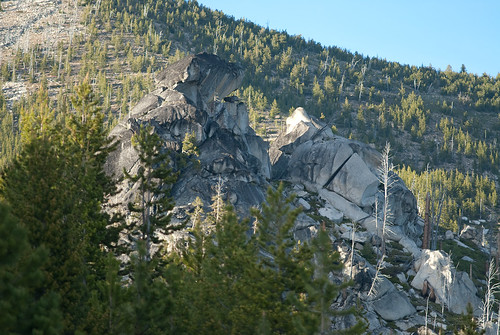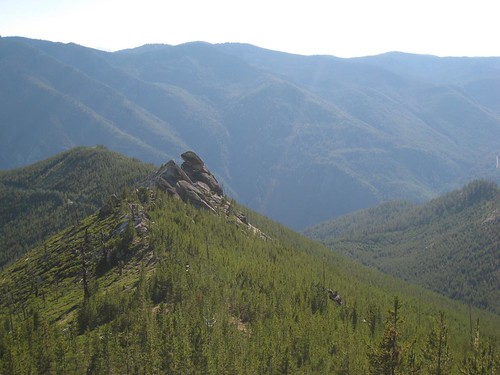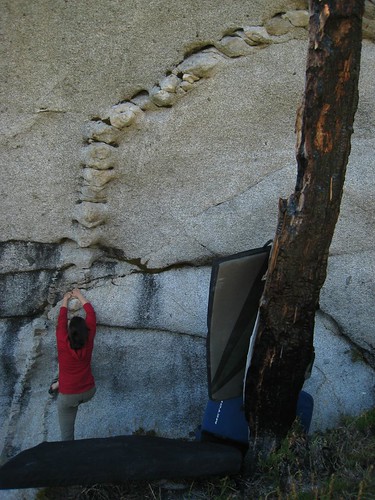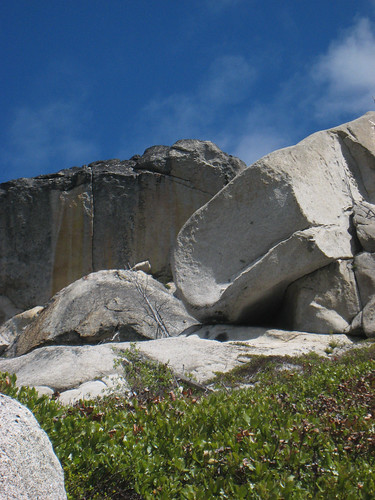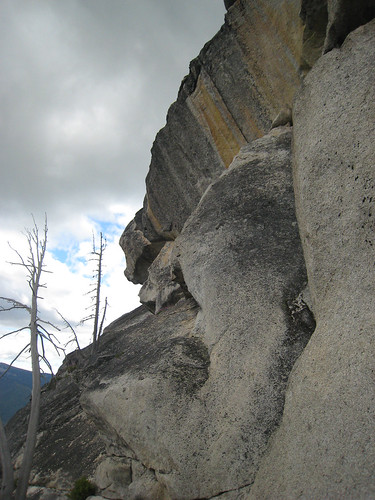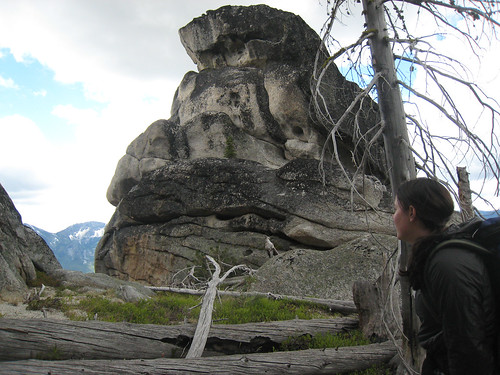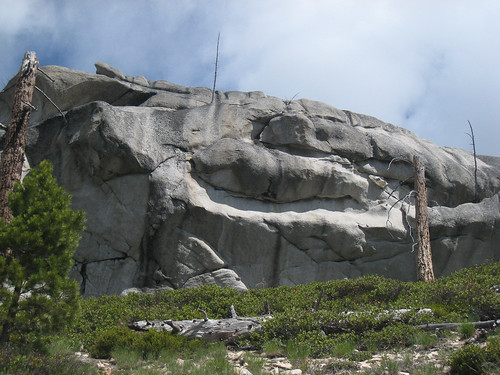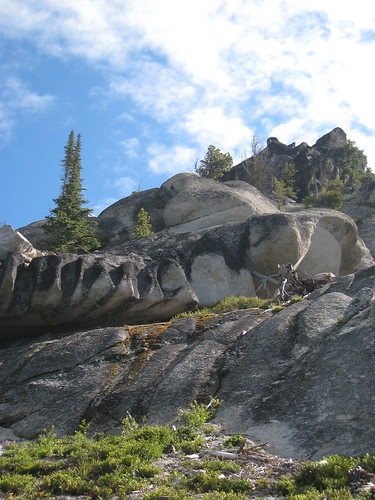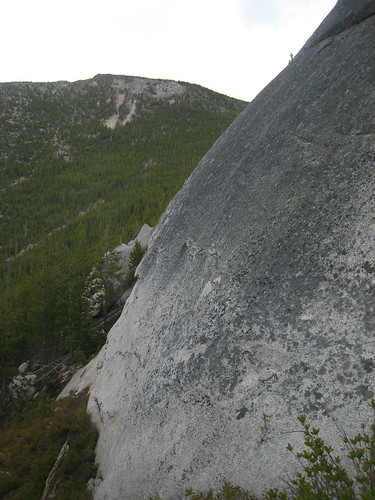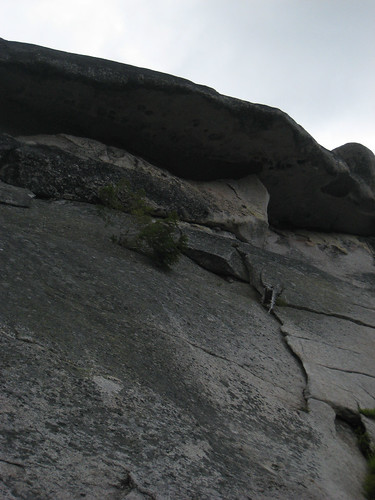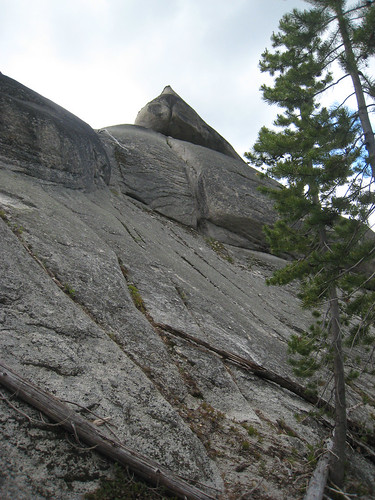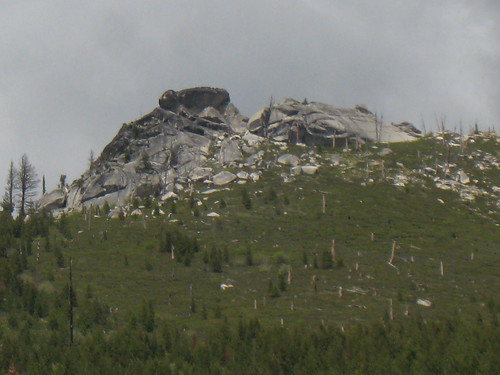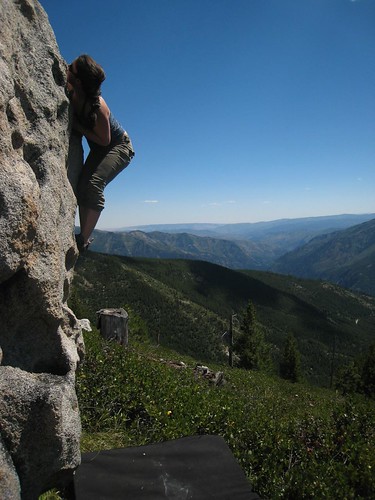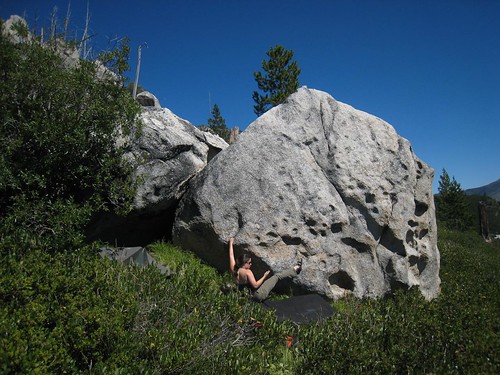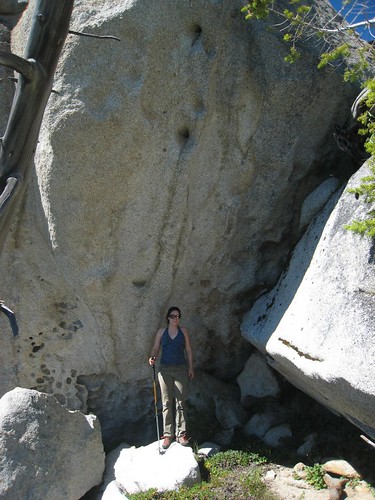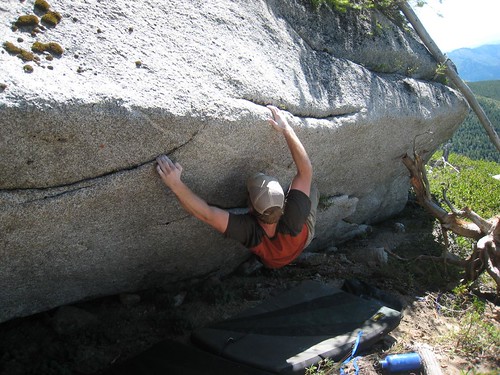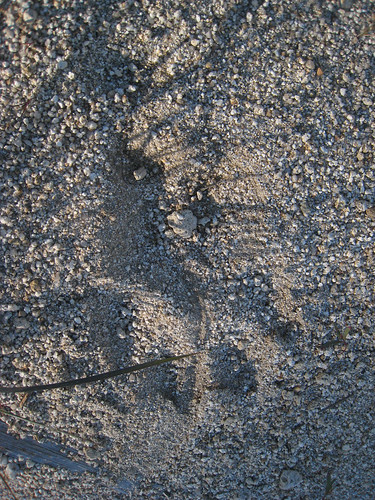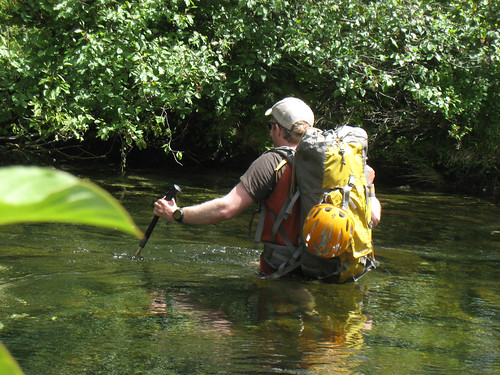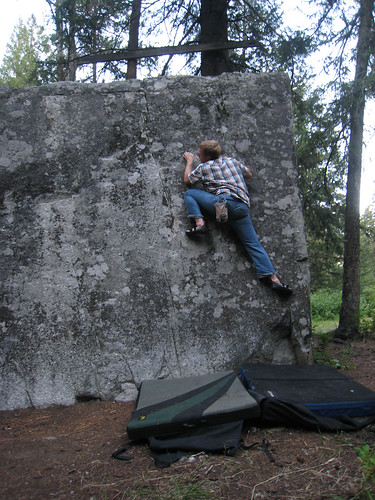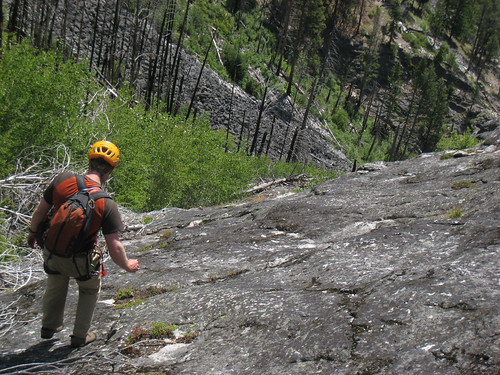Hillmap: Find a new line (or learn more about your favorite trail)
Hillmap.com is a free and powerful mapping website that allows you to create & print high-quality topo maps, share your maps and trails with your trip partners, calculate slope, check the weather & snowpack and upload & dowload gpx files among other tools. The basic tools are described below.
Hillmap seeks to combine as much map data as possible in one place and to provide tools of interest to skiers, hikers, climbers and other backcountry travelers that make it easier, faster and more fun to plan new backcountry trips.
Getting started with hillmap
The hillmap webpage opens with a split screen of two maps, and a header that opens up a variety of tools you can use to customize a map, analyze terrain and derive more information about your trip.
 |
Red circle: Search button
Red arrows: Drop down menues to pick different map layers
Blue arrow: Zoom |
Begin to customize your map by finding a starting location. You can either use the search tool in the upper right hand corner, or zoom in on your starting location.
When you've found the starting location, choose your map layer (described in detail below) from the drop down list.
At this point, you can
print your map, check the weather, share a link or plot a path.
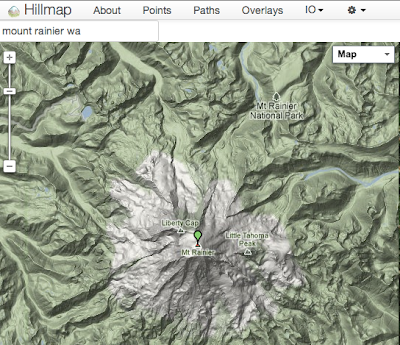 |
| Starting to zoom in on Mount Rainier |
Hillmap Tools
Hillmap's most useful functions are located in the different tabs at the top of the page: Points, Paths, Overlays, IO and Settings. The tools under each tab let you explore your map in more depth.
Points
Click anywhere on the map for more data at that point. See latitude, longitude, slope, elevation and a link to the weather forecast at that point.
 |
Points tab
Blue arrow: Longitude, latitude, elevation and slope at your point
Green arrow: The point, line in the point circle points in the steepest direction
Red circle: Link to weather forecast at your point
Yellow circle: Link to peakfinder to name peaks near your point |
Paths
Build a path on the map by clicking on screen. You can share a link to your path, print a map, or export the route to your gps. You can also check the path profile for the elevation changes of your path; this feature is also useful for
checking the line of sight.
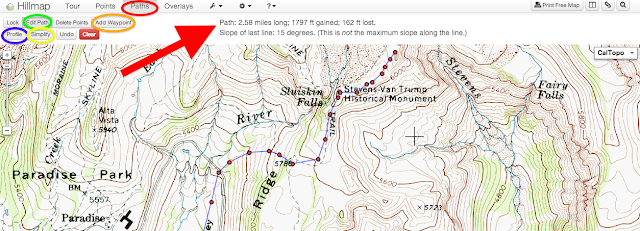 |
Paths Tab Screen
Red Arrow: The length, elevation gain and slope of the last segment (the purple path between two red points making up your path) appear at the top of the screen
Green circle: Edit path button allows you to add points to your path
Blue circle: Profile button will show you a graph of the elevation changes on your route
Yellow circle: Simplify your path (especially useful for GPX files) to reduce the number of points on your path
Orange circle: Add a waypoint, a note at a particular point on the map
Red circle: Path tab |
IO or Overlays
The Input Output (IO) tab is renamed Overlay in the beta version of hillmap. The IO tab is the power center of hillmap with different map analysis tools. You can overlay different map layers to drill down and look at
slope,
snowpack, weather radar and tree coverage from the satellite view.
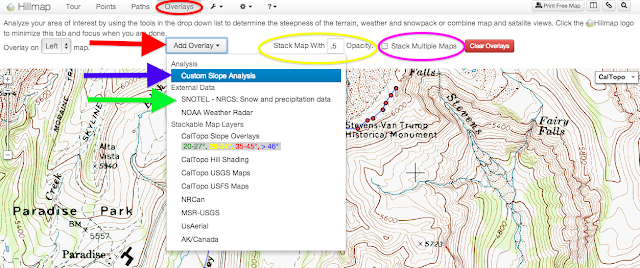 |
Overlays Tab
Red arrow: Drop down menu for different map layers
Blue arrow: Hillmap custom slope analysis layer
Green arrow: Snotel layer will give you snowpack and precipitation data for NOAA points
Yellow circle: You can make the map layers more opaque or transparent
Pink circle: Check this box to stack more than one layer at a time
Check out the other map layers on the drop down list |
Print and Share
Customize your map by zooming in on your area of interest. Pick the map layer that reveals the detail most useful for your trip. Create a link to share with your trip buddies or to save the map & route.
Print your map for free and have a great trip!
 |
Tools on the top right of the screen
Red rectangle: Button to print a free map - see more instructions here
Green square: Split screen button - click to switch between one or two maps on the screen
Orange square: Get a url to share your map
Blue square: Search button, click to open up the search tool to search by peak name, address, latitude/longitude |
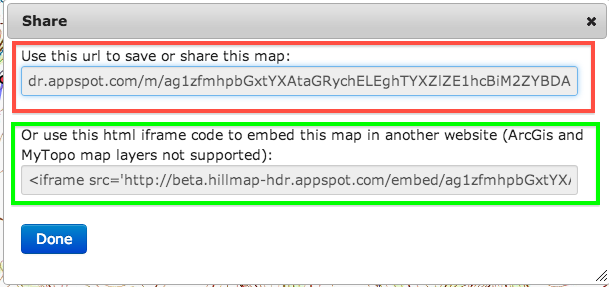 |
Share url screen
Red rectangle: copy the entire url to share - highlight the long url to copy (don't be scared by the "can't change the url address symbol")
Green rectangle: copy the html code to embed the map in another website or your blog |
You may only use hillmap.com if you agree to the statement below
Self reliance is an essential feature of backcountry travel. Much of the map data
available here and elsewhere is out of date, of low resolution or just plain wrong.
Gather as much data as possible before you enter the backcountry but be prepared
to revise your plans if conditions and terrain you encounter do not match what you
are prepared for. Seek education from a qualified instructor before entering avalanche
terrain.
Hillmap is released free of charge as beta software in the hope that it will be
useful, but without any warranty; without even the implied warranty of merchantability
or fitness for a particular purpose.
Contact
If you have any questions, comments, criticisms, requests or bug reports please
contact us at
contact@hillmap.com.












